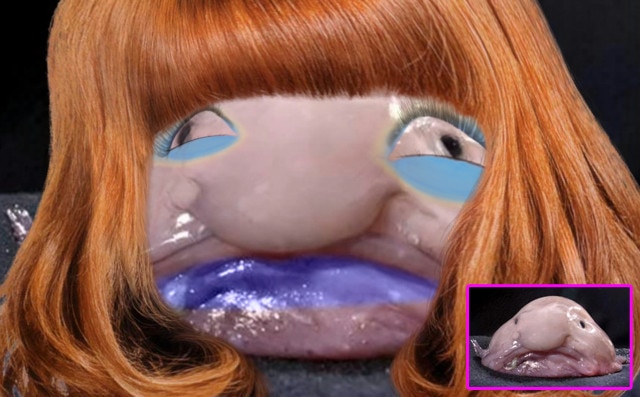


Nest-guarding is thought to be a rarity in the ocean's black depths, and in fact, the behaviour had never been observed in a deep-sea species until a blob sculpin was seen standing guard at a nest site in 2003. It's estimated that a single nest can contain 100,000 eggs, but just one percent of those would-be blobs will make it to adulthood. The research team notes that the larger of the pair could be the brooding female, but because there is still a lot we don't know about blob sculpin biology, it's tough to say with certainty. You'll also notice an octopus in the background, likely lurking for a chance at those tiny protein-packed eggs.īecause their eggs are an ideal snack for passing fish and cephalopods, sculpin lay them in vast numbers. "I've always wanted to see one!" one of the scientists can be heard saying in the clip. Most of what we've learned about these fish comes from dead specimens, so encountering one alive in its natural habitat is always a treat – even for the seasoned crew of the Nautilus. This green ribbon worm might be the strangest one we've seen The fish have very little built-in structural support, so it's all that deep-sea pressure that actually holds everything together. When hauled to the surface, however, blobfish encounter a rapid pressure drop, and the anatomy that works so well at great depths suddenly turns on them, expanding and falling into a gooey mess. This means they don't have to worry about "vomiting" up their own stomachs (yes, it really happens), but that blobby frame carries problems of its own. Due to 3d printing being a additive manufacturing process there are minor imperfections on each print. Instead, blob sculpin rely on their gelatinous flesh – which is slightly less dense than seawater – to stay afloat. Many fish use an air-filled swim bladder for buoyancy, but that's a dangerous piece of kit for a deep-sea fish, as changes in pressure could expand the swim bladder, forcing the other internal organs out of the mouth. That evolutionary workaround is a great way to stay alive when your home is constantly trying to crush you, but get stuck in a trawl net and things start to go awry. For starters, blobfish bones are extremely soft, and therefore less prone to cracking. Because they're such deep divers, these animals have a number of physical adaptations for dealing with the harsh conditions. Blobfishes occupy a habitat some 2,800 metres (9,200 ft) beneath the waves – a zone that's exposed to incredible pressures.


 0 kommentar(er)
0 kommentar(er)
